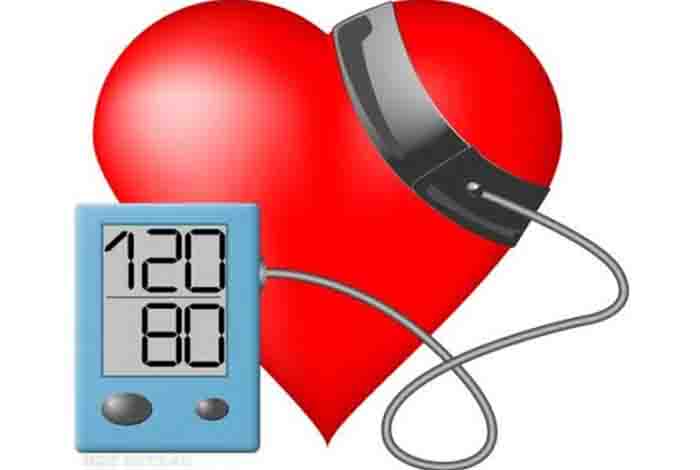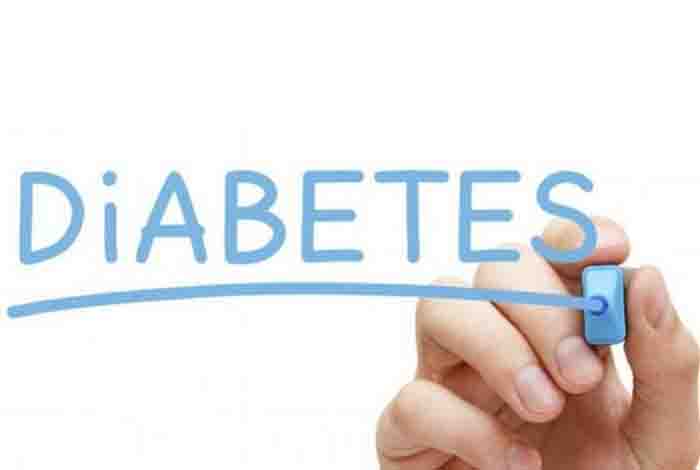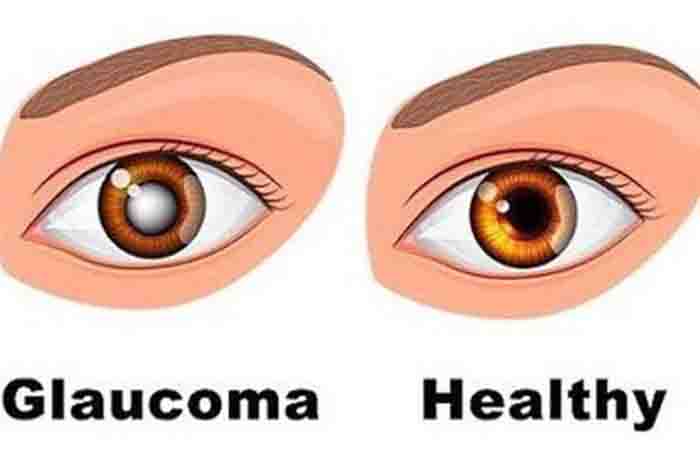
We don’t have any intention to freak you out, but there are certain diseases which show no symptoms till the last stage of their occurrence. This could range from mild to severe life-threatening diseases. In some diseases, the symptoms are too mild to show any signs till the last stage. While you may think that yearly diagnosis can prevent you from severe diseases, the truth is that some diseases cannot be detected until they reach the final stage.
In many cases, screening is the only way to know whether you are suffering from a disease or not. The sooner your doctor will diagnose the disease, the sooner you will get the treatment.
These diseases include diabetes, high blood pressure, sleep apnea, glaucoma and polycystic ovarian syndrome (PCOS). While diabetes and high blood pressure are very prevalent globally, the incidence of PCOS has also increased alarmingly in the last few years.
1. High Blood Pressure
Studies have revealed that almost half of the people are aware that they are suffering from high blood pressure . It has also been seen that people can live for longer before they come to know about the condition. Generally, people who are unaware of having high blood pressure end up having a heart attack, a stroke or any other severe condition. High blood pressure becomes severe if not treated on time. It keeps on damaging blood vessels silently.
Therefore, it is important to keep a regular check on your blood pressure even if you don’t have any symptoms related to it. It can be useful to buy a machine to regulate your blood pressure. If your blood pressure lies between 120-129 mmHg, (upper number) you have prehypertension. The lower numbers range from 80-89 mmHg. Making certain changes in the lifestyle like taking low sodium food and losing extra weight can help in maintaining normal blood pressure.

2. Diabetes
Diabetes is one of the most common diseases in the world. As a global epidemic, it is one of the leading causes of death. Unlike other diseases, this disease cannot be diagnosed in early stages. Today, the prevalence of this chronic, non-communicable disease is increasing at a very high rate. Diabetes is a condition in which blood glucose level rises higher than normal. Body cells utilize glucose as a form of energy. Insulin – a type of hormone – helps cells to absorb the glucose from the bloodstream; thereby, bringing down the blood sugar levels.
In diabetes, either due to less production of insulin or insensitivity of cells to insulin, cells do not absorb sugar from the blood, causing blood glucose to rise. People having high blood pressure and high cholesterol should get diagnosed for diabetes more often. People are advised to get their sugar level checked after every six months.

3. Polycystic Ovarian Syndrome
Polycystic Ovarian Syndrome is a condition characterized by higher levels of male hormones. PCOS is one of the major causes of infertility among many women causing irregular ovulation and periods. It affects 8-10% of all women. According to PCOS Foundation [1] less than 50% women are diagnosed with PCOS on time.
Many women are diagnosed with PCOS when they try to get pregnant. Common symptoms of PCOS are irregular periods, thinning of hair on scalp, facial hair, and weight gain. Visit your gynecologist if you are experiencing any of these symptoms. PCOS can be controlled by losing weight and living a healthy lifestyle.

4. Sleep Apnea
Sleep apnea is a serious sleeping disorder in which a person experiences breathing pulses while sleeping. If you snore loudly while sleeping and feel tired even after sleeping, there are chances that you are suffering from this disease. This disease is more prevalent in women than in men. The common symptoms of sleep apnea are morning sickness, headache and sometimes insomnia .
If you are experiencing these symptoms, you must see a doctor. If you are diagnosed with sleep apnea, the doctor might prescribe you a CPAP- a machine that delivers air pressure through a mask placed on your nose while you are asleep.

5. Glaucoma
Glaucoma is a disease of the eye, in which fluid pressure rises inside the eye which may lead to blindness or loss of vision. Some doctors call it silent thief of sight. Usually, people suffering from thyroid have more chances to suffer from glaucoma .
Age is another factor which is responsible for this disease. The people do not suffer from loss of vision until it reaches the last stage. Early symptoms may include difficulty in driving at night and to differentiate between fine light and dark diminishes. According to the American Academy of Opthamology [2] , screening for glaucoma at the age of 40 is advised. Also, similar screenings should be done every 2-4 years depending on the risk factors. Annual check-ups are advised after the age of 65.





